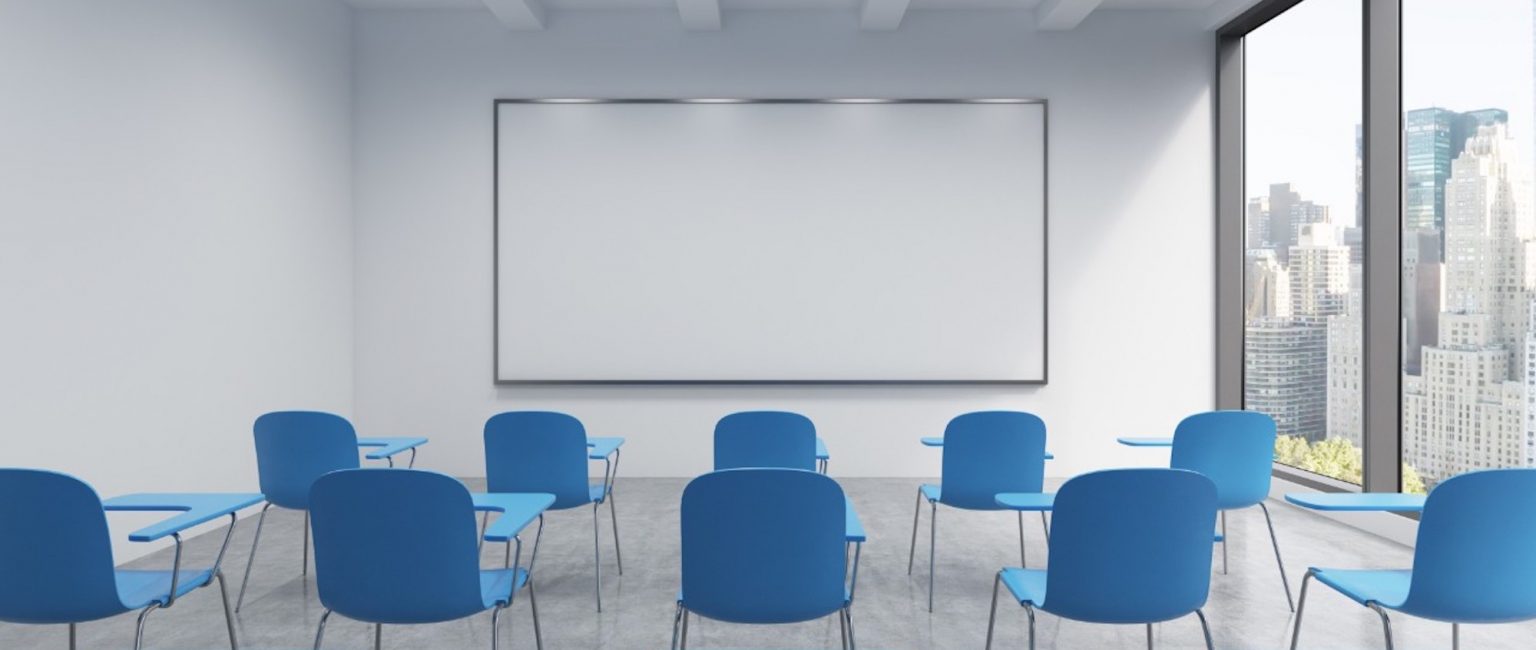How the office environment could change post-COVID

The pre-pandemic “going to the office” model, based on staff working in-house, is being redrawn with major implications for corporate Australia.
Now, a new normal of hybrid employees working partly at home and partly in the office is challenging design, and with it the way major companies are working.
In this new style of working, staff might prefer home for knuckling down writing, and preparing spreadsheets and presentations. The office might be better seen as a drop-in centre for face-to-face contact, team building and collaboration, informal discussion, and for fostering a sense of belonging.
While these needs will vary person-to-person it’s clear that the physical office will remain central to work. Big landlords are making adjustments to having fewer people in each day.
Investa head of research and strategy David Cannington says the company’s surveys show the net increase in the average number of days at home each week could rise to about two to 2½ days.
Workers are generally keen to make their presence felt in offices, even in once locked-down Melbourne, with a Roy Morgan survey released on Monday finding that the majority would feel safe to return to work if COVID-19-safe procedures were in place.
But major companies are certainly dealing with employees whose expectations have changed. A study on the future of work by communications giant Cisco found that before the pandemic, only 10% of those surveyed expected to work from home. That has since changed to 89%.
The survey of more than 14,000 respondents found that employees enjoyed the increased autonomy (72%) and working as a dispersed team (70%) in the hybrid era.
So how will workplace design and functionality change? Cisco revamped three floors of its office space in 2017 to cater for a more itinerant workforce, and saved 25% of office space doing it. It’s an indicator of what’s possible now.
First, the redesign wasn’t about cramming staff into a smaller space. There was thought put into how spaces are used and it has renewed relevance now.
One floor features an enormous kitchen area in the centre with all the fittings of home and more. There’s plenty of room to prepare food, a professional coffee machine, fridges, microwaves and cutlery and crockery drawers, and to chat along the way.
Instead of being a small room on the periphery of an office, the kitchen and surrounding spacious eating areas are central, as inviting areas for collaboration, catching up and brainstorming. They are the types of activities that drop-in employees might savour.
Likewise, instead of being at the centre of an office, the desks are around the periphery, and make use of windows and natural light. With fewer people working full time, hot desking will be a big part of working environments, with some employees commuting to the office once or twice weekly.
To effect this, staff have designated lockers. But they are not the dilapidated beaten metal lockers of high school corridors, rather they are large, wooden and stylish. The office is still open-plan, but the lockers act as dividers that turn a very large workspace into smaller, more inviting enclaves.
The drop-in desks along the windows are angled to provide a modicum of personal space and to avoid the look of a production line. Plants add extra warmth.
Perhaps the biggest change is the realisation that modern offices need small spaces where people can be noisy, such as a series of small rooms where staff talk freely while making video and audio calls. Some offices are installing what looks like the 21st century version of a telephone booth and costs thousands of dollars per unit.
But it’s easy to convert one or two larger meeting rooms into half a dozen smaller ones, strictly for short-term use during calls, with some sound proofing on walls if required. There’s no need to generate noise in the desk areas.
Cisco’s small office spaces showcase their own communications equipment, but a series of power-points, plug-in audio and Ethernet/Wi-Fi facilities may be all an employee needs.
Of course there are larger meeting spaces for bigger get-togethers, such as with customers and partners.
Cisco has gone further, installing cameras and sensors that detect how many people are in a room or space, for COVID-19 safety purposes, using its package called DNA Spaces. During an office tour, The Australian walks into a medium sized meeting room with a video conferencing set-up, and the display immediately warns we have exceeded a limit of two.
Glenn Smith, regional sales manager at Cisco ANZ, pointed out devices on the outside of a room that show its occupancy, whether it’s booked, and explains it will light up green if available.
You can use voice commands to book rooms, start meetings, call, control the environment, and to have the system transcribe and translate. You can tell the system to action items and capture meeting highlights. Some rooms are pre-booked, others are walk-in spaces that the system books as you enter.
The sensing/camera system also helps Cisco use its workspaces evenly. “We’ve just introduced this into this environment, because we want to try to map people not by their facial recognition, or by personal identifiable information, but due to density,” Mr Smith explains.
He said Cisco used cameras and Wi-Fi signals to determine where people congregated. Over time, it can use analytics to work out what are optimal room capacities and sizes.
All these soft measures are likely to have a real impact on the bottom line, with Moody’s Investors Service saying last week that flexible work arrangements would likely reduce office rents and shorten lease durations.
The analyst said that as companies seek greater flexibility to adjust office space, long-tenure leases, which generate stable recurring cash flow, will likely become less popular.
Looking across the Asia-Pacific region, Moody’s said working from home and other flexible work arrangement would likely be for the long-term after they had started to gain traction among a number of technology and industrial companies.
The big shift could hurt major landlords, with Goldman Sachs analysts on Monday reaffirming their expectations of a peak-to-trough decline of about 30% for Sydney and Melbourne CBD office assets.
Despite this bearish stance the investment house said that office valuations had proven resilient to date and purchaser demand for Australian commercial assets was holding up.
This article originally appeared on www.thesuatralian.com.au/property







